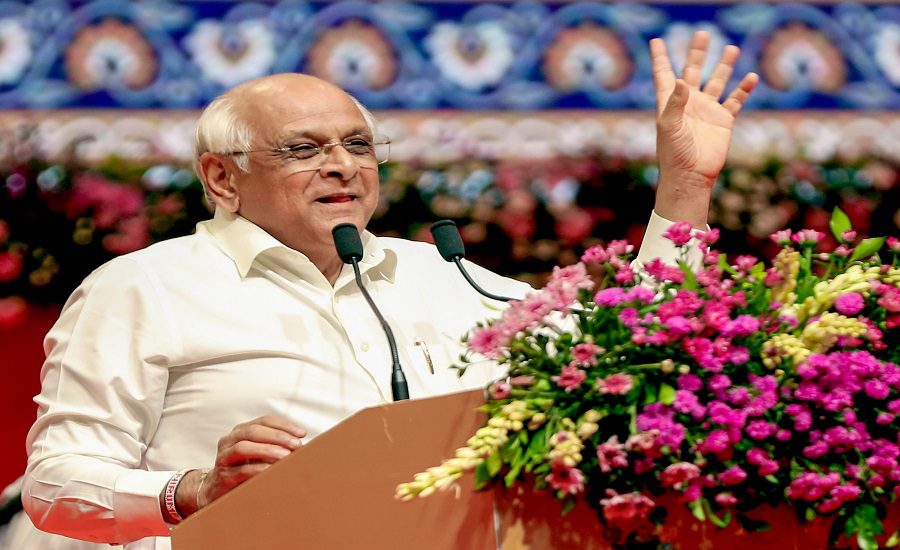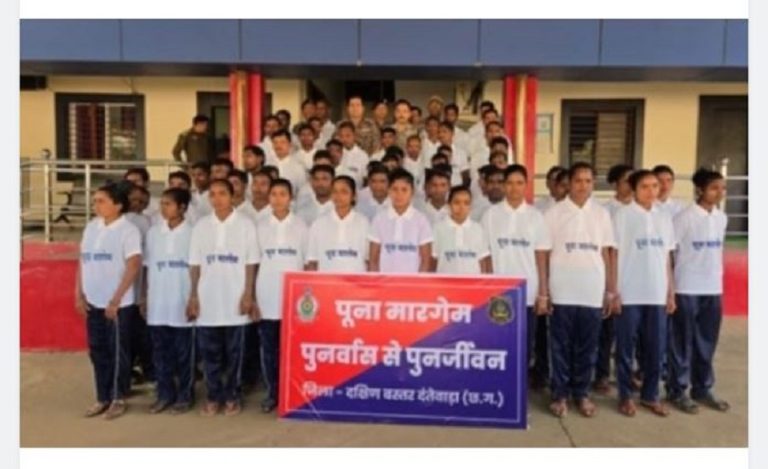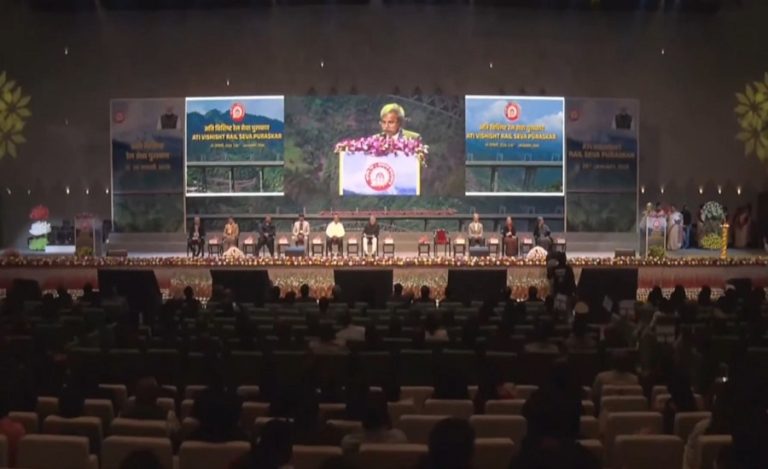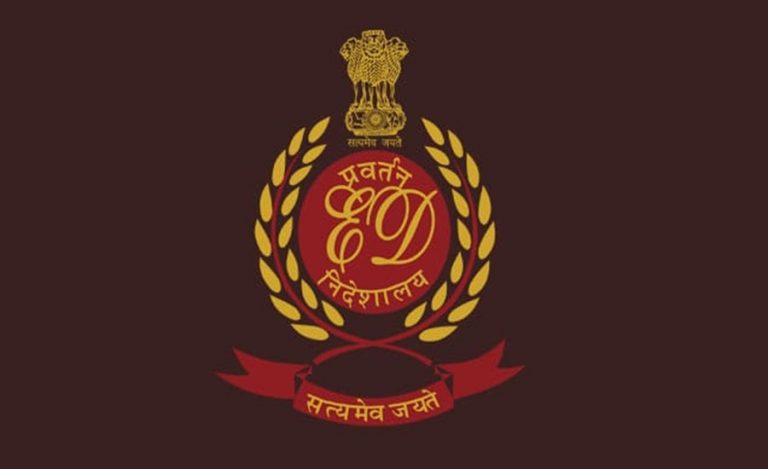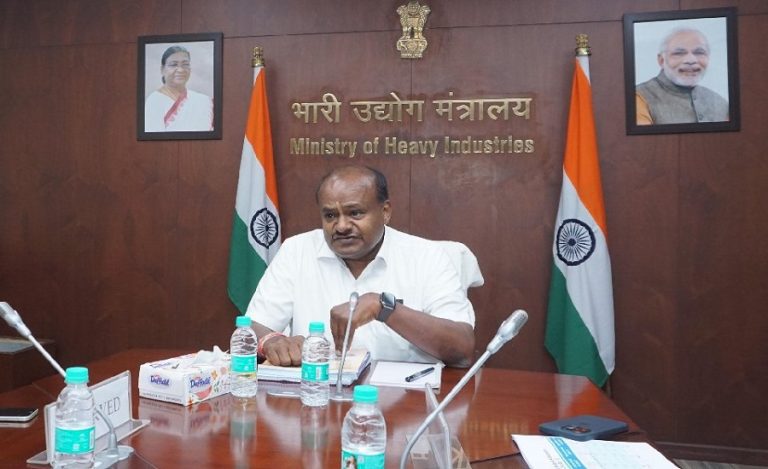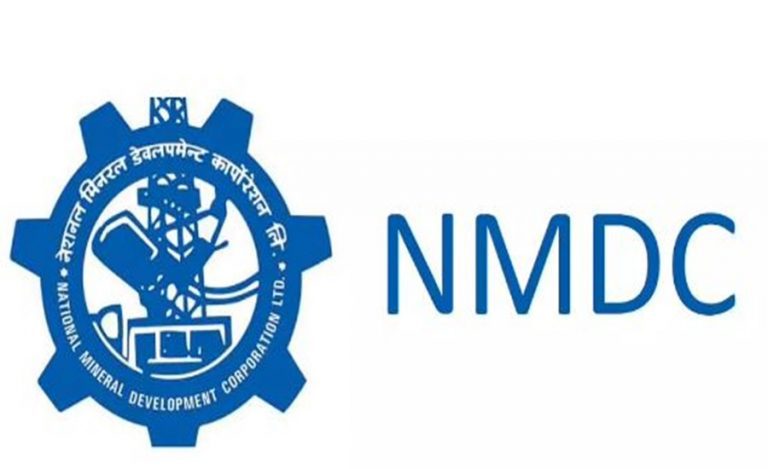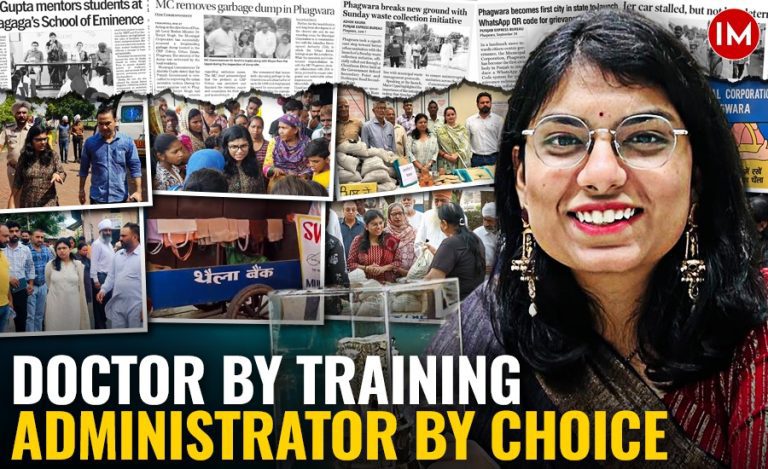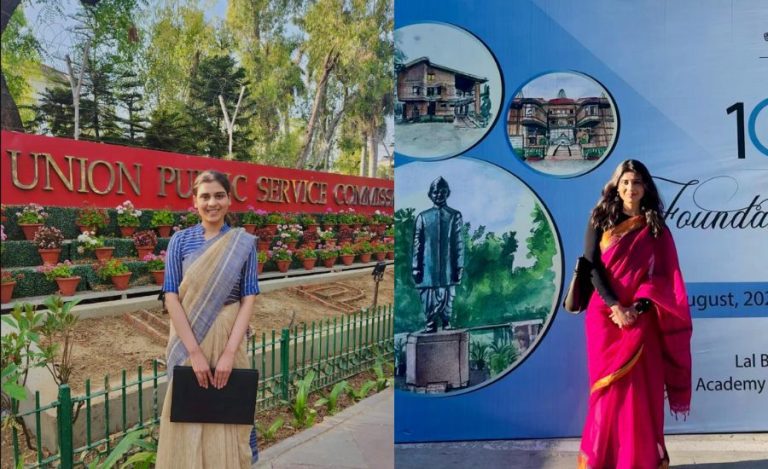Gandhinagar: In a decisive move to ensure the timely and effective implementation of Gujarat’s state budget, Chief Minister Bhupendra Patel conducted a high-level review meeting with senior secretaries of all key state departments. The focus was to evaluate the first-quarter progress against budgetary allocations for FY 2025–26 and accelerate the execution of priority development schemes.
The meeting was also attended by Finance Minister Mr. Kanubhai Desai, Chief Advisor to the CM Dr. Hasmukh Adhia, and Chief Secretary Mr. Pankaj Joshi.
Saturation Approach to Welfare Schemes
The Chief Minister emphasized the importance of a saturation-based approach, instructing departments to ensure 100% beneficiary coverage under all welfare schemes. He reiterated that the implementation of the Viksit Gujarat Roadmap must stay aligned with the national Viksit Bharat vision set by Prime Minister Mr. Narendra Modi.
“Every eligible beneficiary must be covered. Delivering on the state budget’s commitments with speed and scale is our top priority,” CM Patel told the officials.
Strong First Quarter Performance
In its presentation, the Finance Department reported that budget utilization rose by 23.4% in Q1 this year compared to the same period last year, indicating strong momentum across departments.
Key Highlights:
98% of administrative approvals for budget-announced schemes and projects were completed in the first quarter.
Multiple departments have already begun execution of new initiatives outlined in the budget.
Progress is being monitored in real-time, with monthly performance dashboards being implemented.
Read Also: Gujarat CM Bhupendra Patel Reviews Rs. 1,100 Crore Dharoi Dam Tourism Project
Focus on Timely Delivery and Efficiency
The Chief Minister advised all departments to:
- Ensure timely tendering and project rollout
- Remove bottlenecks in inter-departmental coordination
- Align departmental goals with state-wide development milestones
He added that efficiency, transparency, and accountability will remain guiding principles throughout the implementation cycle.

